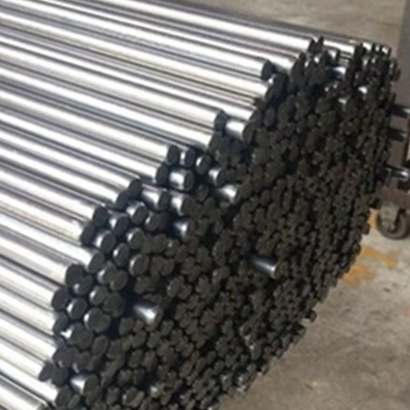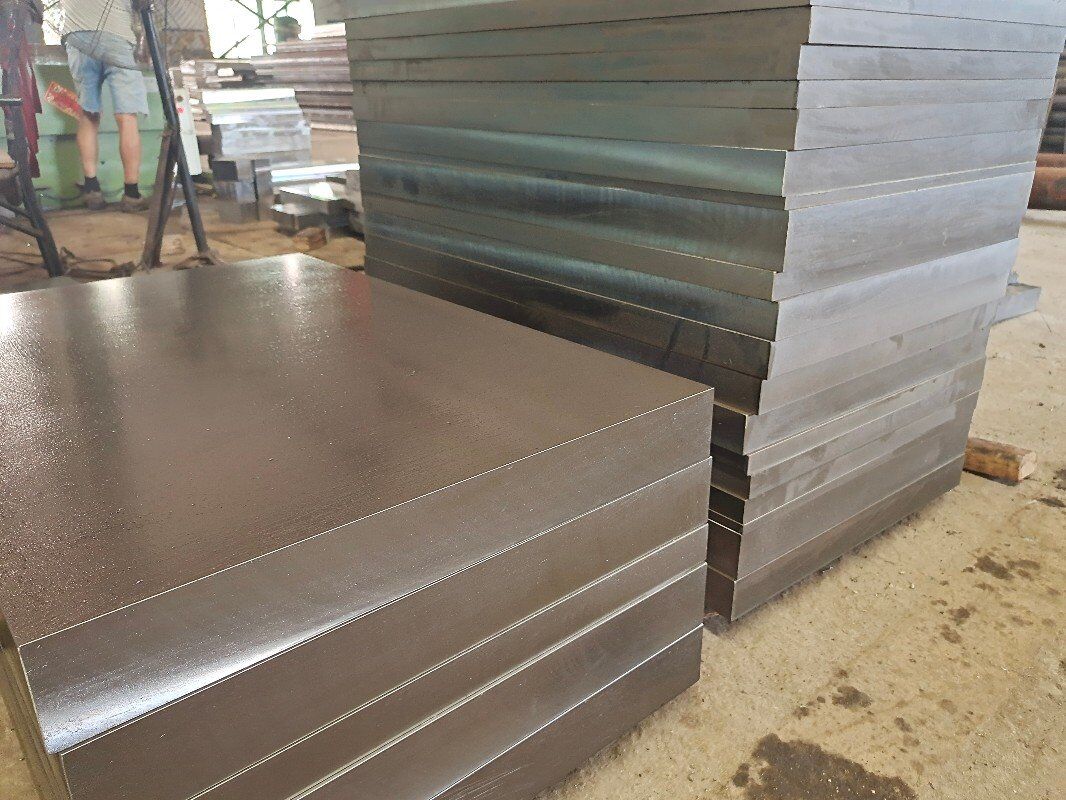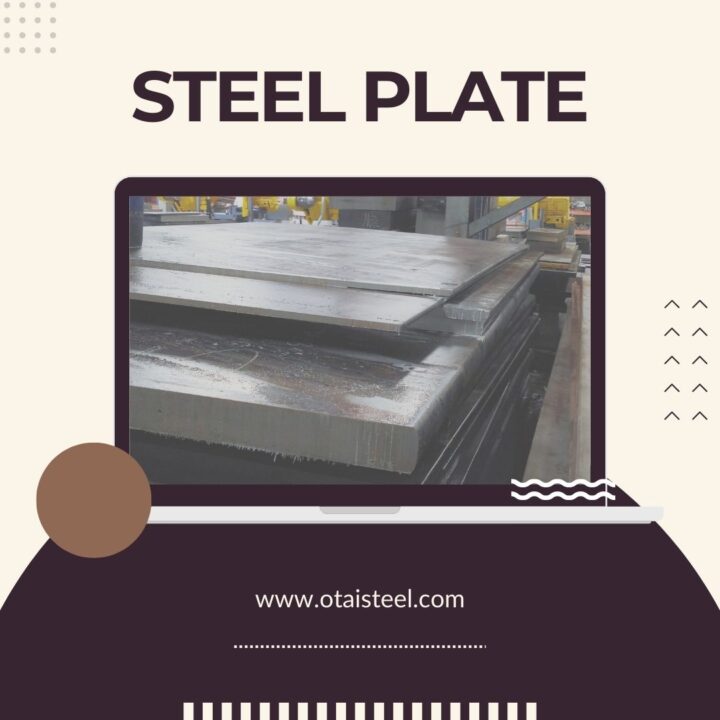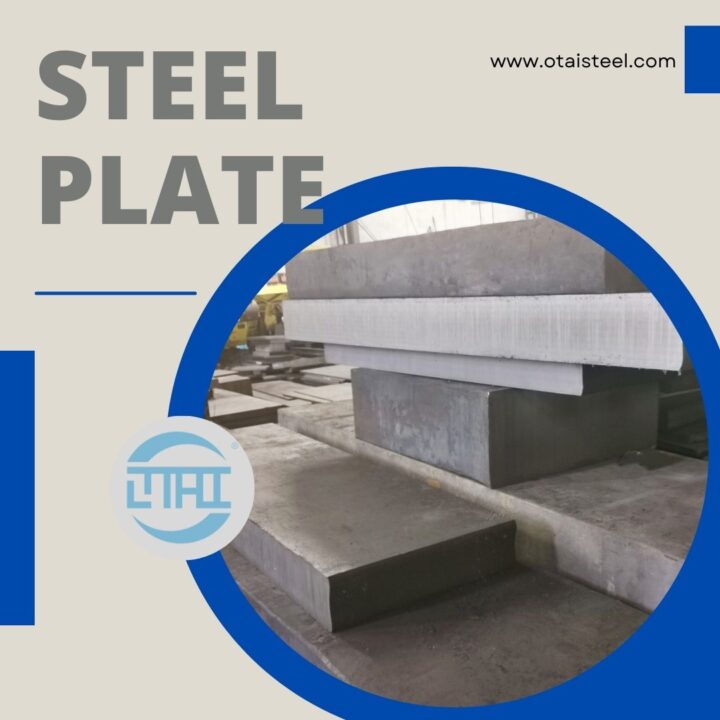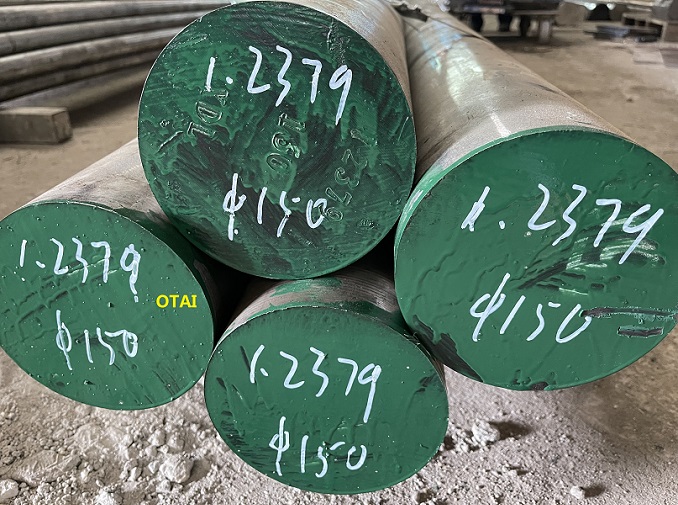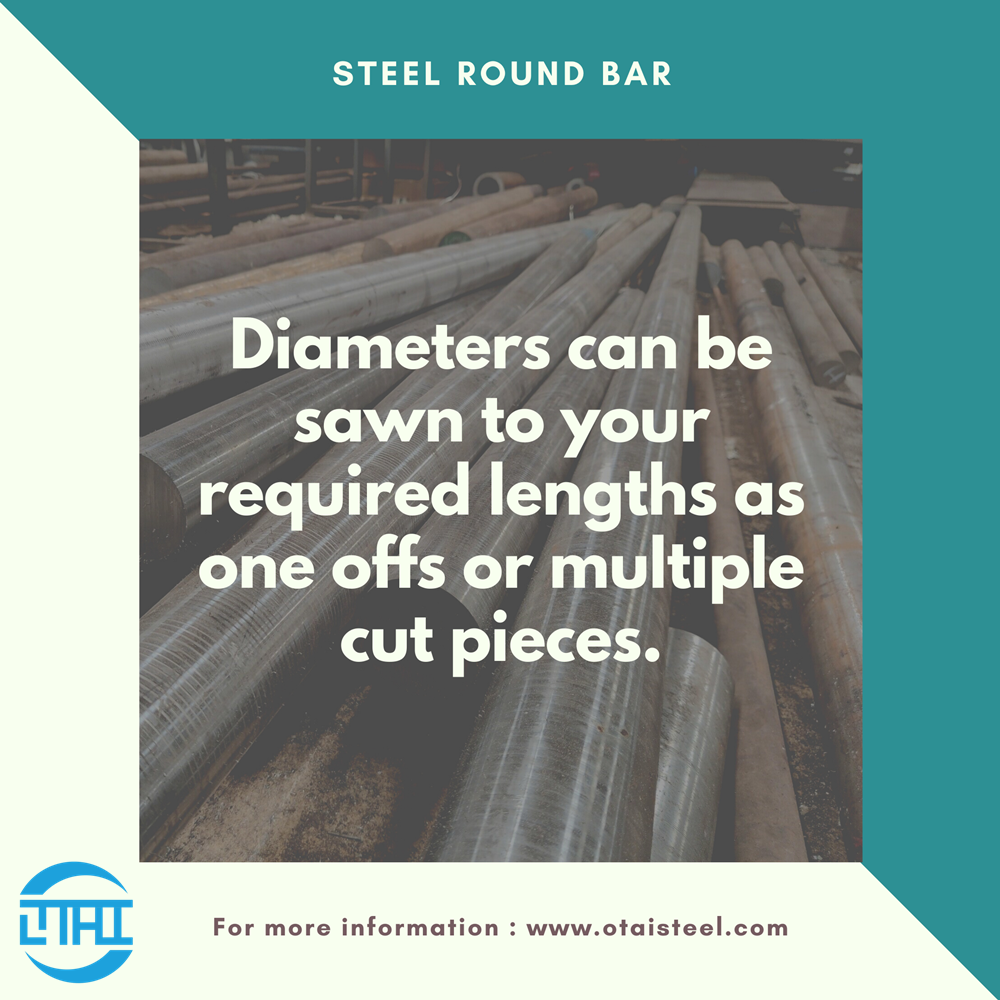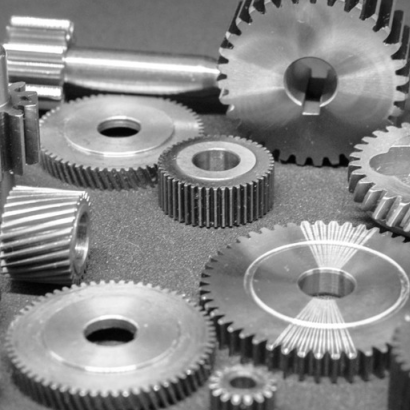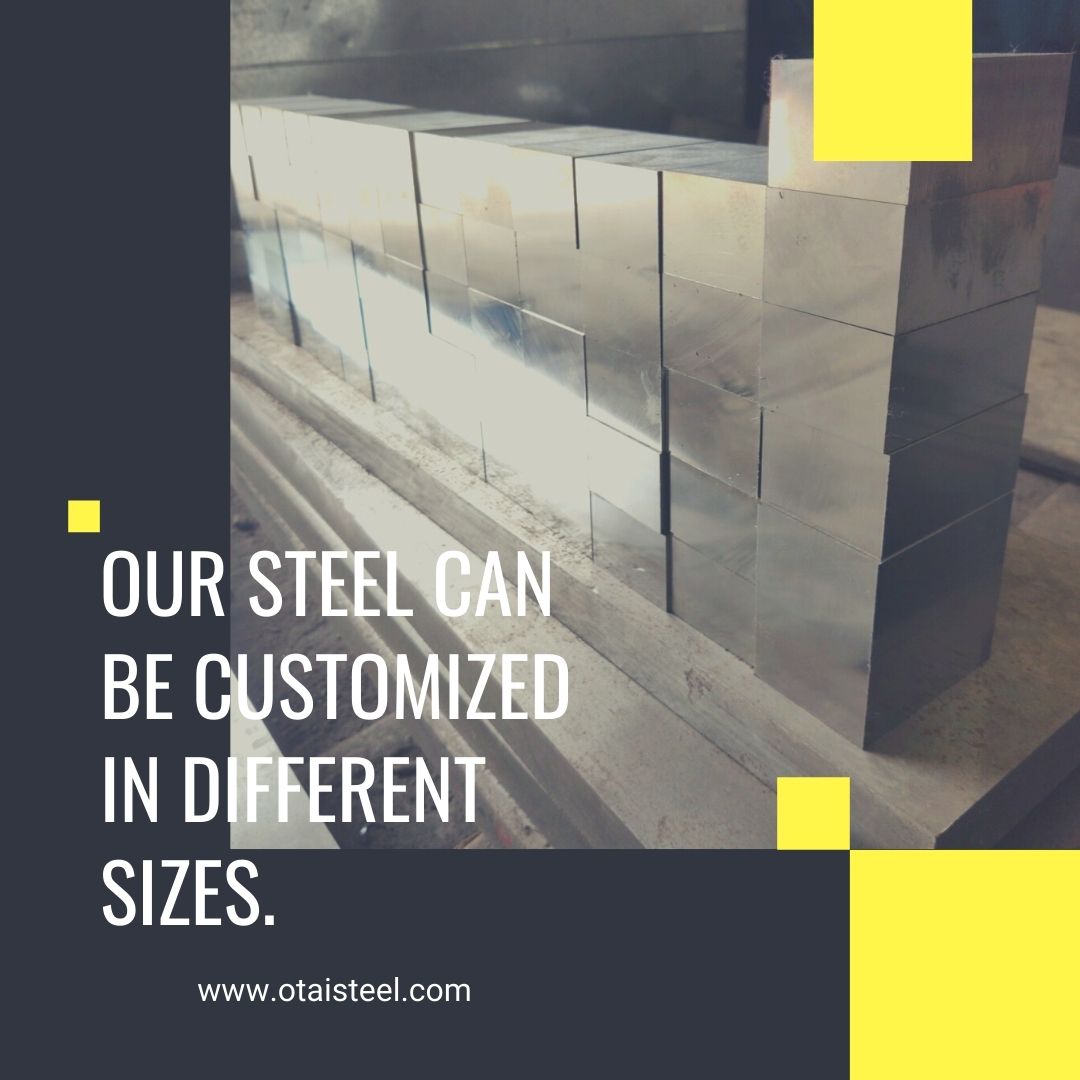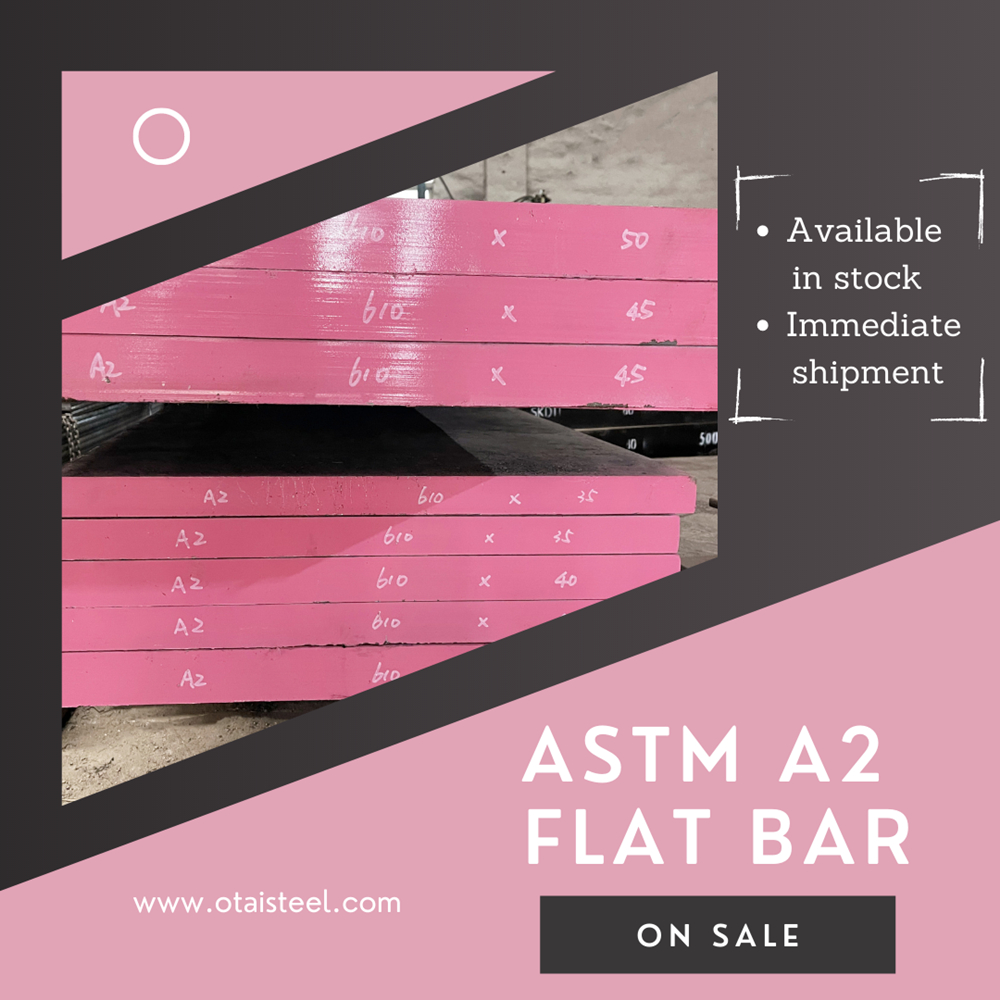 A2 Steel Machining
A2 Steel Machining
In the realm of machining, where precision is paramount, A2 steel takes center stage as a versatile and reliable material. Unlocking the full potential of A2 steel requires a nuanced understanding of advanced machining techniques that can harness its unique properties.
The Essence of A2 Steel: A Brief Overview
Before diving into advanced machining techniques, it’s crucial to grasp the essence of A2 steel. Comprising chromium, molybdenum, and vanadium, A2 steel is an air-hardening tool steel celebrated for its excellent wear resistance, toughness, and dimensional stability. Its composition sets the stage for advanced machining, where intricate details and precision are non-negotiable.
Optimizing Cutting Tools
The journey of A2 steel machining begins with the optimization of cutting tools. The selection of appropriate tool materials, coatings, and geometries is critical to ensuring the efficiency and longevity of the machining process. Carbide or high-speed steel tools, combined with coatings like TiN or TiAlN, prove effective in enhancing tool life and reducing friction during machining.
**1. Controlling Heat: The Key to Precision
In the realm of advanced A2 steel machining, heat is both a friend and a foe. While the material benefits from heat during the hardening process, excessive heat during machining can lead to tool wear and compromise dimensional accuracy. Employing techniques such as high-pressure coolant systems and minimizing dwell time during machining helps control heat, preserving the integrity of the tool and the workpiece.
**2. Precision Machining with CNC Technology
Embracing Computer Numerical Control (CNC) technology is a game-changer in A2 steel machining. CNC machining allows for unparalleled precision and repeatability, ensuring that intricate designs and complex geometries are executed with accuracy. This technology empowers machinists to program toolpaths, control spindle speed, and optimize feed rates for optimal results in A2 machining.
**3. Strategic Preheating: A Prelude to Machining Success
Preheating the A2 workpiece before machining is a strategic move that pays dividends. This technique minimizes the thermal shock experienced by the cutting tool, reducing wear and extending tool life. It also contributes to the overall stability of the machining process, particularly in scenarios where intricate details and tight tolerances are crucial.
**4. Optimal Speeds and Feeds: Balancing Act
Achieving the right balance between cutting speeds and feed rates is a hallmark of advanced A2 steel machining. Optimizing these parameters prevents tool chatter, reduces heat buildup, and ensures a smooth machining process. Experimenting with different speeds and feeds, while considering the specific characteristics of A2 steel, allows machinists to find the sweet spot for optimal results.
**5. Post-Machining Heat Treatment: Fine-Tuning Hardness
For applications that demand a specific hardness level, post-machining heat treatment becomes a valuable technique. This involves subjecting the machined A2 steel components to controlled heating and cooling processes to fine-tune their hardness. Machinists can tailor the material properties to meet the exact requirements of the final application, enhancing the overall performance of the machined parts.
**6. Tool Path Optimization: Efficiency Unleashed
In the world of A2 steel machining, the efficiency of tool paths can make a significant difference. Utilizing advanced CAM (Computer-Aided Manufacturing) software enables machinists to optimize tool paths for minimal tool engagement and reduced vibration. This not only enhances precision but also contributes to the overall efficiency of the machining process.
**7. Precision Grinding: Finishing Touches
Precision grinding serves as the finishing touch in A2 steel machining, refining surfaces to meet exact specifications. This technique is particularly valuable for achieving tight tolerances and a superior surface finish. Whether it’s creating intricate profiles or ensuring parallelism, precision grinding elevates the final product to the highest standards.
Conclusion
In the intricate dance of A2 machining, mastering advanced techniques is the key to unlocking its full potential. From optimizing cutting tools to leveraging CNC technology, machinists navigate a landscape where precision is not just a goal but a necessity. As the manufacturing industry evolves, A2 steel remains a steadfast companion, and the mastery of advanced machining techniques ensures that it continues to shape the future of precision engineering.
